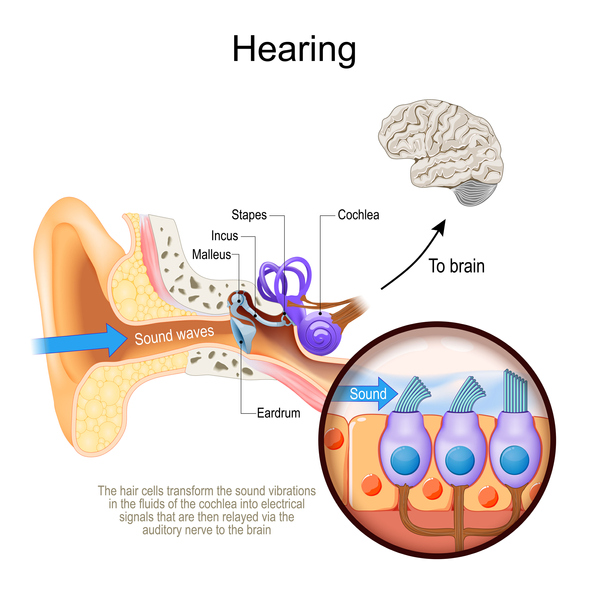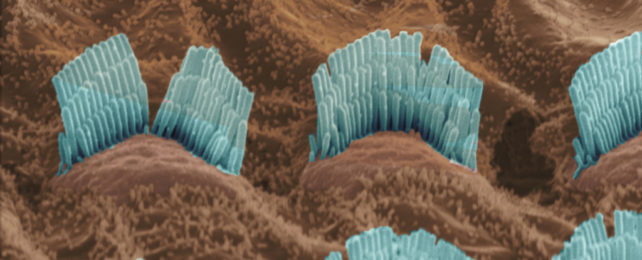Scientists have finally unraveled the structure of a mysterious protein complex inside the inner ear that enables hearing in humans.
To solve this decades-old puzzle, researchers needed to grow 60 million roundworms (Caenorhabditis elegans), which use a very similar protein complex as humans do to sense touch.
As humans only have a tiny amount of this protein inside their inner ears, turning to another source was the only way the team could accumulate enough of the protein to study.
"We spent several years optimizing worm-growth and protein-isolation methods, and had many 'rock-bottom' moments when we considered giving up," says co-first author Sarah Clark, a biochemist from Oregon Health and Science University (OHSU) in Portland.
Researchers have known for some time that the transmembrane channel-like protein 1 (TMC1) complex performs an important role in hearing, but the exact makeup has remained elusive.
"This is the last sensory system in which that fundamental molecular machinery has remained unknown," says senior author Eric Gouaux, a senior biochemist at OHSU.
Thanks to this new research, published in Nature, we now know that this protein complex operates as a tension-sensitive ion channel that opens and closes depending upon the movement of hairs inside the inner ear.
Using electron microscopy, the researchers discovered that the protein complex "resembles an accordion", with subunits "poised like handles" on either side.
Sound waves traveling through the ear strike the eardrum (tympanic membrane), then to the inner ear where it jiggles the ossicles; three of the body's tiniest bones. The ossicles strike the snail-like cochlear, which in turn brushes microscopic finger-like hairs called stereocilia against membranes.
These stereocilia are embedded in cells that have the ion channels formed by the TMC1 complex that open and close as the hairs move, sending electrical signals along the auditory nerve to the brain to be interpreted as sound.

"The auditory neuroscience field has been waiting for these results for decades, and now that they are right here – we are ecstatic," says OSHU otolaryngologist Peter Barr-Gillespie, a national leader in hearing research who was not involved in the study.
The discovery could one day help researchers develop treatments for hearing impairments.
Hearing loss and deafness affect more than 460 million people worldwide. By understanding the nature of hearing, researchers can continue to find diverse ways to support, treat, or prevent hearing loss in our community.
This paper was published in Nature.
